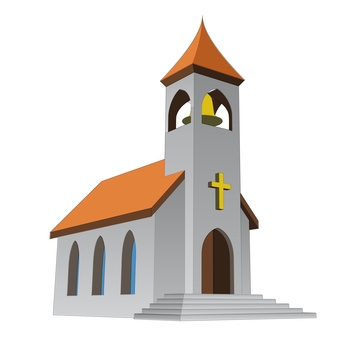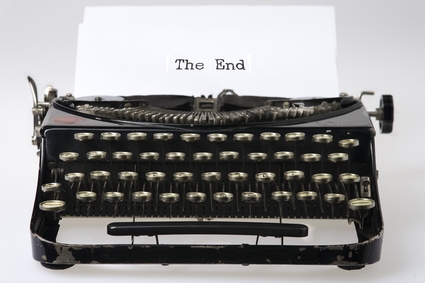
On Sunday after the shootings, a small Midwestern community gathered in their local church, stunned by the news reports. They murmured in groups as they filed in, the children tethered to their mother’s hands. From the pulpit Father O’Hare gazed out at his congregation, at their tight faces, the men with their blazing eyes, the children squirming in their mother’s embrace. He knew the evil that had consumed that young shooter; he knew the evil because it brushed against him now—that out of control anger—and he sensed it in his parish, felt it wafting through, clinging to the men with their tense jaws and the women clutching their children with fierceness.
Father O’Hare asked them all to rise, to sing Nearer, My God, to Thee. Even Joe Peterson, who never sang, held the hymnal and bellowed the words. After the last note Mrs. Smith at the organ dabbed her eyes and folded her hands in her lap, and the choir in their blue robes sank down.
“It is with heavy hearts that we are gathered here today,” Father O’Hare began. “And our prayers are with the families of the wee victims. I don’t have to tell you that there is a question we are all asking, one question: why? Why would a young lad commit such a horrible crime, a child of God no less—”
Mr. Peterson reared up. “That boy was the Devil!”
“He was screwy in the head!” Mabel Fricks hollered from the back of the church. “He should have been locked up.”
And others chimed in.
“Where does a boy that age get his hands on an assault rifle? Can you tell me that?”
“It’s the government’s fault!”
“It’s the NRA! They’re nothing but a bunch of bullies!”
“Amen!” someone shouted from the choir.
Father O’Hare came out from behind the pulpit and held up his hands until everyone had quieted down. He didn’t have a passage to point to, nothing in the Bible about twenty innocent children being gunned down in the middle of the day. All he knew is that the evil that overtook that boy’s soul was beckoning to others, a curl of smoke that made others follow blindly, luring the nation with its deceptive tune. He had to stop that evil energy from permeating his flock, from spreading further into the world. He had to tell them that the only way to defeat the dark was to turn toward the light and remember the good. To remind others. And to never forget, even after this day was long forgotten.
“We’re trying to find something to blame,” he began, “instead of looking for something to cherish.” His eyes swept the angry faces and settled on Mr. Peterson’s. “Joe. Your beloved wife sits next to you, the mother of your children. When was the last time you held her hand? And Sam,” he turned to the choir director slumped in his chair, “this fine morning when you walked to church, did you give thanks for your sturdy legs?” Father O’Hare spread his arms to the congregation. “Did any of you notice the morning sky? Did you marvel at the gold and the orange and the pink all swirled together, and let it settle in your soul?”
Everyone was still.
“Now then, here is the question we ought to be asking ourselves: Why do we let our anger blind us to what is good in the world? It’s not our job to find blame. It’s our job to find love. Take the hand of your grieving neighbor and lead them to the window and show them the sunrise, remind them of the good that survives.”
Joe Peterson grunted, and folded his arms. His grandson was six. He would be hard pressed to find something good in the world if it had happened to little Joey.
“Let us pray.”
Joe refused to bow his head. When the choir rose he refused to stand, refused to pick up the hymnal again, refused to sing. But Joe’s wife did, her voice thin and trembling and off key. The skirt of her pale yellow dress brushed his knee as she swayed with each note, the lightest touch, a butterfly’s wing. Mr. Peterson closed his eyes and let the touch settle, let it take up residence in his aching heart.


